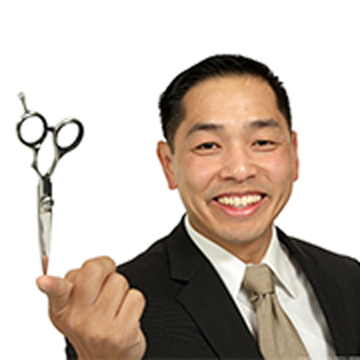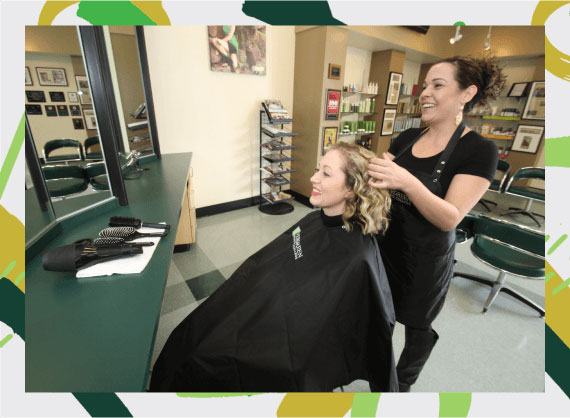A Brief History of Cosmetology
Recorded human history dates back nearly ten thousand years. Since the very first records of our past, there have been indications that aesthetic beauty was prized and enhanced with cosmetics. The history of cosmetology has not advanced nearly as much as some people might think, with many of the techniques and materials having stayed the same for centuries. You can see bone combs in museums that date back to the Ice Age that could still be used today.
History of Cosmetology
Some of the very first evidence of makeup in Mesopotamian civilization came from portraits and carvings of kings and priests. Only the rich and elite could afford to paint their faces or nails.
Egyptians hieroglyphics and paintings suggest that eyeshadow was used by both men and women of noble classes to enhance the perceived size of their eyes.
Cosmetology in Ancient Greece and Rome
In ancient Greece, the makeup trade utilized saffron or lead for color palates. Women from Sparta were forbidden from wearing makeup due to the belief that they possessed superior beauty. The customs of baths, spas, manicures, and hairdressing as we know them today originated in ancient Greece.
As the Roman Empire expanded, they adopted Greek customs including cosmetics. The Romans are famous for their baths, in which they pumped in water from miles away through their aqueduct system. Roman baths treated their customers to a process of massage, sweating in a sauna, swimming and exercising in cold water, and then relaxing in hot water. Slaves worked as masseuse, hair stylist, and nail dresser.
The Far East
In ancient China, the ideal aesthetic for women was pale skin and white teeth. Powdered lead has been used to lighten complexion in China for several thousand years. China first used rouge to redden and create images like flowers on their lips, and then the style changed to use black makeup on their lips. Chinese custom was adopted by neighboring Japan, where they maintained some of the aesthetics but idolized a dark mouth, using soot and ash to completely black out their teeth. Japanese hair care emphasized very long, silky hair, long enough to fall well past the waist. Noble women would spend hours each day cleaning and caring for their hair.
The Americas
Native American civilizations had several traditions of cosmetology. Mesoamerican cultures that valued human sacrifice would use makeup so that the gods could better see their victim’s features, often ground from cacao beans. Elites bathed daily and priests kept their hair long.
Changing Cultures
During the Middle Ages, the history of cosmetology fell into a lull as women were discouraged to wear makeup. Not until the Renaissance did noble women return to wearing makeup. Queen Elizabeth famously died with a quarter of an inch of lead paint makeup on her face. Pale skin was prized to differentiate the elites from commoners, who suffered sun damage to their skin from working in the outdoors each day. If you want to become a cosmetologist today, you will have to enroll in a beauty school and successfully complete the course.





Sam great job this helpers I have always wanted to be a cosmetologist.